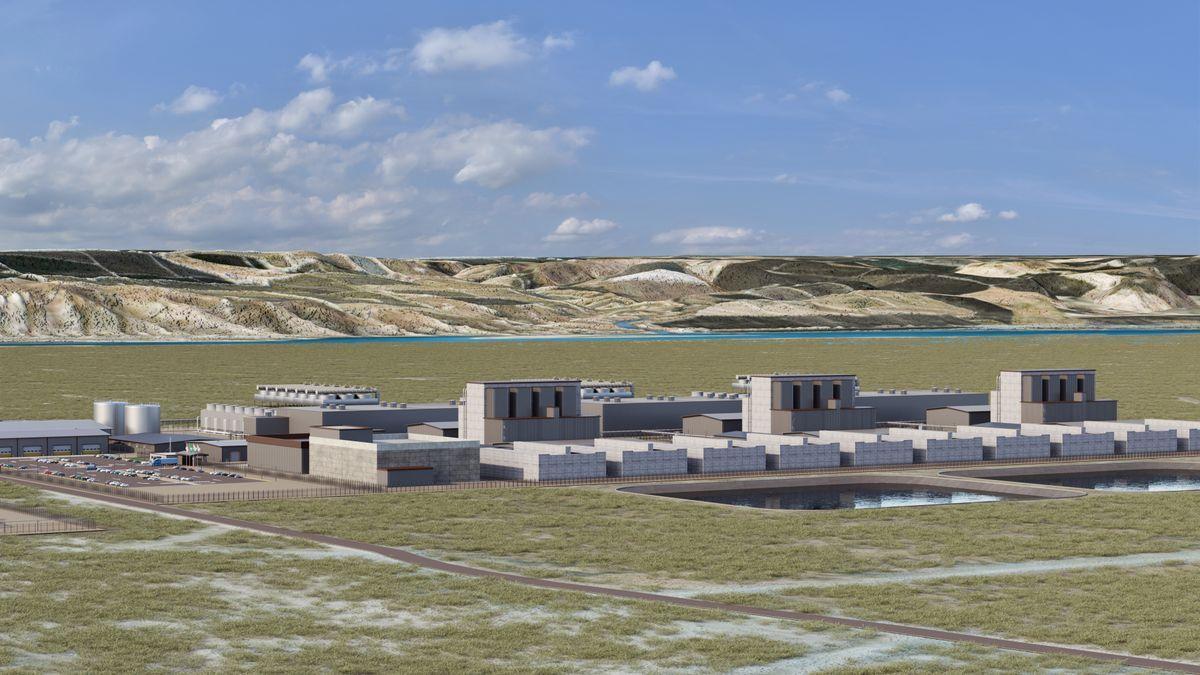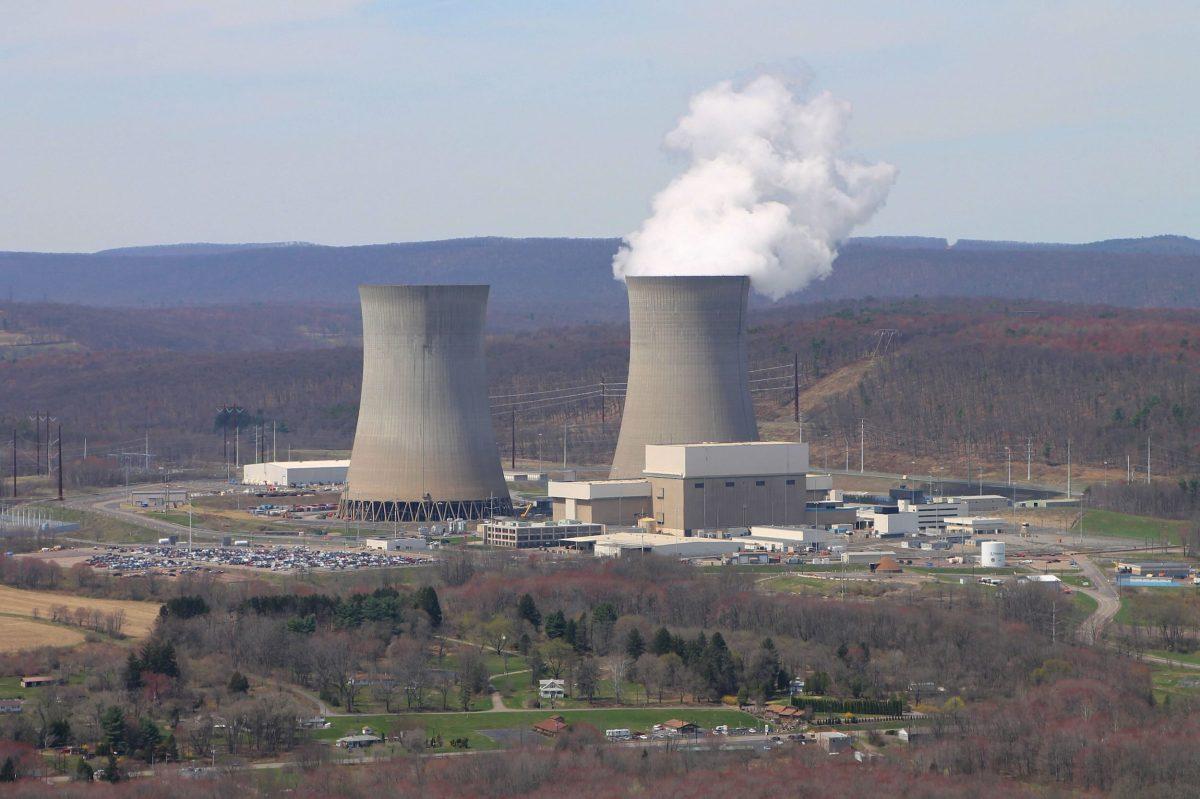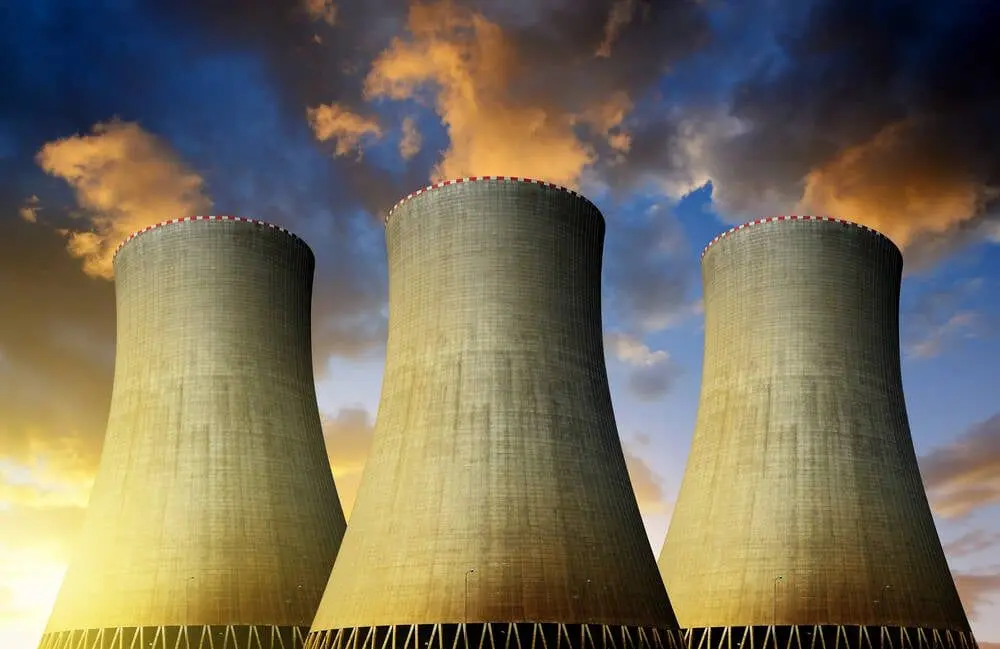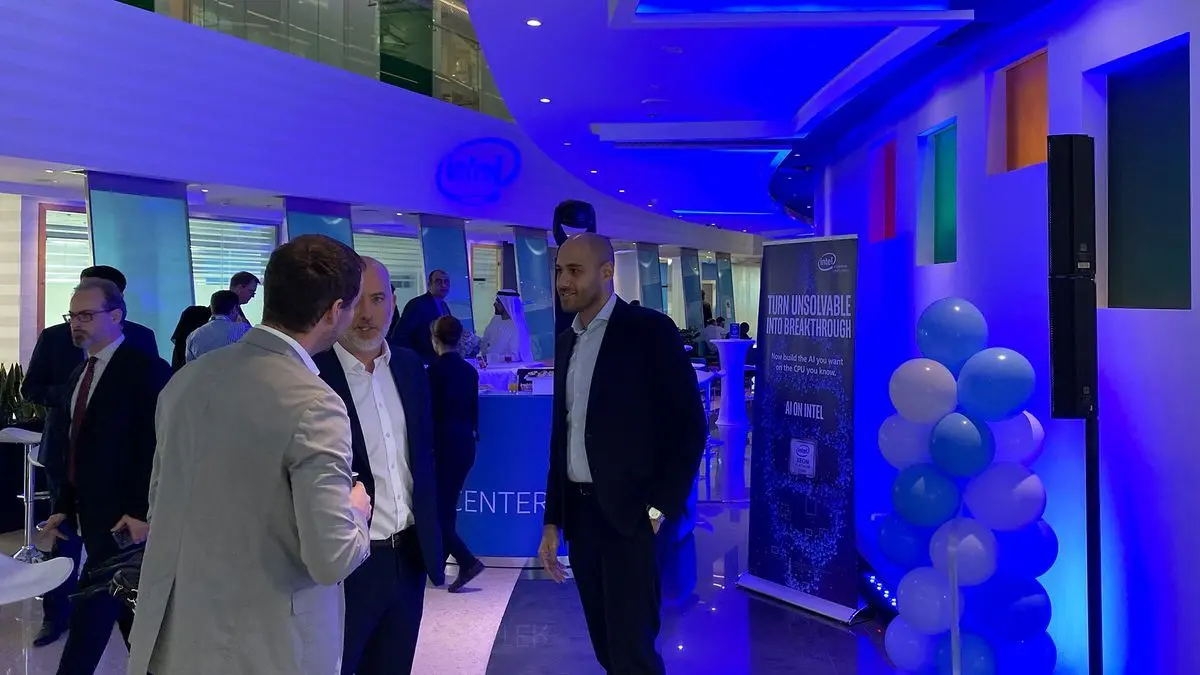Amazon's Bold Nuclear Venture: Powering AI with Advanced Modular Reactors
2 Sources
2 Sources
[1]
Amazon reveals 960 megawatt nuclear power plans to cope with AI demand -- Richland, Washington site tapped for deployment of Xe-100 small modular reactors
The Cascade Advanced Energy Facility would use next-gen Xe-100 reactors to deliver 960 megawatts of carbon-free power -- but it's years from becoming reality. Amazon has revealed plans to help build one of the United States' first modular nuclear power campuses in a move designed to supply carbon-free electricity for its growing AI and cloud workloads. Announced on October 16, the new Cascade Advanced Energy Facility will be located in Richland, Washington, near the Columbia Generating Station. The site, developed with local utility Energy Northwest, is expected to enter construction by the end of the decade and begin generating power sometime in the 2030s, pending regulatory approval and financing. The facility will use Xe-100 small modular reactors from X-energy, each rated at 80 megawatts. The initial phase will deploy four reactors for a combined 320 megawatts, with room to scale up to 12 units delivering 960 megawatts. Amazon says the project is part of its broader push to secure access to clean power for its AWS data centers and generative AI clusters, which are becoming major industrial-scale energy consumers. While Amazon's involvement makes this one of the most concrete SMR proposals yet tied to AI infrastructure, the project is still in early development. The Xe-100 reactor is undergoing pre-application review at the U.S. Nuclear Regulatory Commission, and no construction permits have yet been granted. Energy Northwest and X‑energy are expected to lead licensing and engineering for the Cascade project, and the partners have said they're exploring federal support through the U.S. Department of Energy's loan programs. Last year, Amazon invested in X-energy through its Climate Pledge Fund and separately acquired a data center campus adjacent to a nuclear plant in Pennsylvania. But Cascade is the first time Amazon has publicly committed to helping bring new nuclear generation online -- something no hyperscaler has yet achieved. The project could be a litmus test for the future of SMRs. Advocates argue that advanced reactors like the Xe-100 can be built faster than traditional nuclear plants, with modular designs that better suit today's distributed grid. But the 2023 collapse of NuScale's Idaho SMR project -- canceled after costs ballooned and subscribers dropped out -- highlights significant risks. Amazon hasn't disclosed how much of Cascade's output it plans to use, but U.S. data center power requirements could triple by 2030 and account for 9% of electricity demand by 2035, driven largely by generative AI and accelerated compute. Amazon appears to be betting that if it wants a guaranteed, zero-carbon supply for that future, it may need to build the grid itself.
[2]
Amazon's new nuclear plant in the Pacific Northwest will generate 3x more power than planned
Serving tech enthusiasts for over 25 years. TechSpot means tech analysis and advice you can trust. Looking ahead: The AI boom is quickly creating an energy crisis. There is simply not enough electric power to sustain growth while still keeping the lights on for everybody else - not to mention the increased pollution from coal-powered plants. Amazon aims solve the problem by investing in nuclear power. Amazon has announced that its upcoming modular nuclear plant in Washington state will generate three times as much electricity as initially proposed. The Cascade Advanced Energy Facility will provide clean power for the retail giant's Amazon Web Services (AWS) data centers and generative AI clusters, whose power requirements are growing exponentially. Amazon plans to build the power plant in a joint effort with Energy Northwest near the latter's Columbia Generating Station in Richland, Washington. Columbia is the region's only existing nuclear power plant and has a nameplate capacity of 1,216 megawatts. Amazon says the Cascade project will create more than 1,000 temporary construction jobs and over 100 permanent positions. Cascade's construction will consist of three phases, each generating 320 megawatts of electricity from four next-generation 80-megawatt high-temperature gas-cooled reactors. Once the entire plant is operational, the 12 reactors will produce up to 960 megawatts of electricity. The project will begin "by the end of this decade," with electricity generation expected "in the 2030s." Energy Northwest is designing the facility based on small modular reactor (SMR) technology to enable faster deployment and reduce construction costs. Its overall footprint will reportedly be equal to a few city blocks - significantly smaller than traditional nuclear reactors, which can take up more than a square mile of land to generate a similar amount of power. Amazon also sought to address concerns raised by environmentalists, academics, and native American tribes, who accuse the company of trivializing safety and environmental concerns. According to the company, the scalable, clean, and reliable nuclear power will help reduce carbon emissions, generate jobs, and contribute to the local economy while protecting the region's ecology. With the increasing power appetite of AI models, Amazon last year invested in an SMR development startup called X-Energy with the intention of building its own power plant to fuel its AI clusters. The company believes reactors developed by X-Energy will help add more than 5 GW of clean electricity to the US grid by 2039 - enough to power 3.8 million US homes. Amazon and X-energy also signed an agreement in August 2025 with two South Korean power utilities - Doosan Enerbility and Korea Hydro & Nuclear Power Company - to deploy more SMRs in the US. Amazon inked an additional deal with Talen Energy in Pennsylvania to build a data center next to the latter's existing nuclear plants for easy access to carbon-free energy.
Share
Share
Copy Link
Amazon unveils plans for a 960-megawatt modular nuclear power plant in Washington state to meet the growing energy demands of its AI and cloud computing operations. The project, set to begin construction by the end of the decade, represents a significant step in addressing the energy challenges posed by the AI boom.

Amazon's Nuclear Ambitions
Amazon has unveiled ambitious plans to construct one of the United States' first modular nuclear power campuses, aiming to meet the surging energy demands of its AI and cloud computing operations. The Cascade Advanced Energy Facility, to be located in Richland, Washington, is set to deliver up to 960 megawatts of carbon-free power using next-generation small modular reactor (SMR) technology
1
.Project Specifications and Timeline
The facility will utilize Xe-100 small modular reactors developed by X-energy, each capable of generating 80 megawatts. The initial phase will deploy four reactors, producing a combined 320 megawatts, with the potential to scale up to 12 units for a total output of 960 megawatts
1
. Construction is expected to commence by the end of this decade, with power generation anticipated to begin sometime in the 2030s, subject to regulatory approval and financing2
.Partnerships and Investment
Amazon is collaborating with local utility Energy Northwest to develop the site, which will be situated near the existing Columbia Generating Station. The project is part of Amazon's broader strategy to secure clean power sources for its AWS data centers and AI clusters. Last year, Amazon invested in X-energy through its Climate Pledge Fund and has also partnered with South Korean power utilities to deploy more SMRs in the US
2
.Addressing Energy Challenges in the AI Era
The Cascade project comes at a critical time when the AI boom is creating unprecedented energy demands. Data center power requirements in the US could potentially triple by 2030, accounting for 9% of electricity demand by 2035
1
. Amazon's investment in nuclear power aims to provide a guaranteed, zero-carbon supply for this growing need while contributing to the reduction of carbon emissions.Related Stories
Technological and Environmental Considerations
The Cascade facility will employ advanced SMR technology, which promises faster deployment and reduced construction costs compared to traditional nuclear plants. The modular design allows for a significantly smaller footprint, occupying an area equivalent to just a few city blocks
2
. However, the project has faced scrutiny from environmentalists, academics, and Native American tribes, who have raised concerns about safety and environmental impact.Economic Impact and Future Prospects
Amazon's nuclear venture is expected to create over 1,000 temporary construction jobs and more than 100 permanent positions
2
. The company believes that reactors developed by X-Energy could add more than 5 GW of clean electricity to the US grid by 2039. While the project represents a significant step towards sustainable AI infrastructure, it also serves as a litmus test for the future of SMRs in the tech industry, especially in light of recent setbacks in the sector, such as the collapse of NuScale's Idaho SMR project1
.References
Summarized by
Navi
[1]
Related Stories
Amazon Secures 1.92 GW Nuclear Power Deal for AWS Data Centers, Joining Tech Giants in Nuclear Energy Push
12 Jun 2025•Business and Economy

Big Tech's Nuclear Pivot: Powering AI Ambitions with Atomic Energy
15 Oct 2024•Technology

Tech Giants Turn to Nuclear and Renewable Energy to Power AI Ambitions
04 Dec 2024•Business and Economy

Recent Highlights
1
OpenAI releases GPT-5.2 AI model after code red memo signals Google Gemini 3 threat
Technology

2
Disney invests $1 billion in OpenAI, licenses 200+ characters for Sora AI video generator
Technology

3
OpenAI faces wrongful death lawsuit after ChatGPT allegedly fueled murder-suicide tragedy
Policy and Regulation





